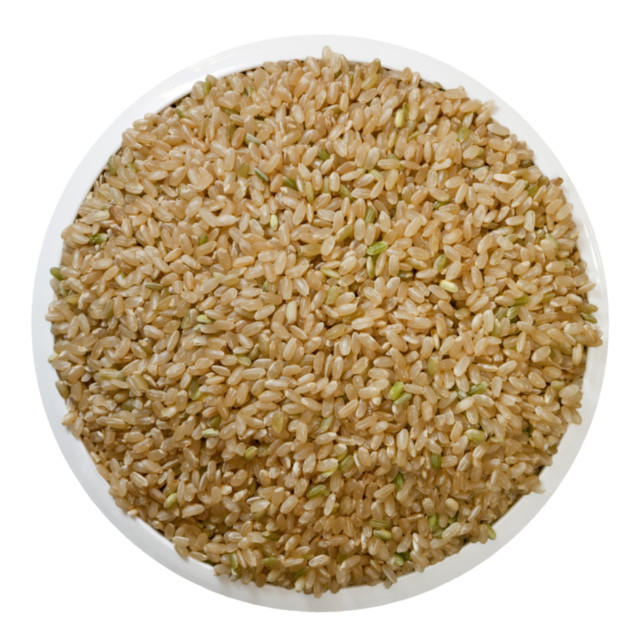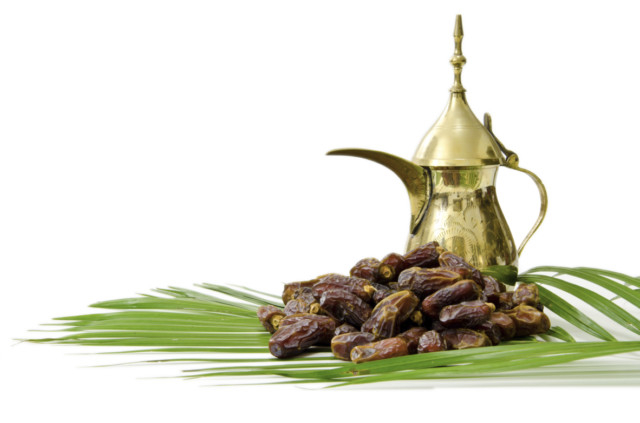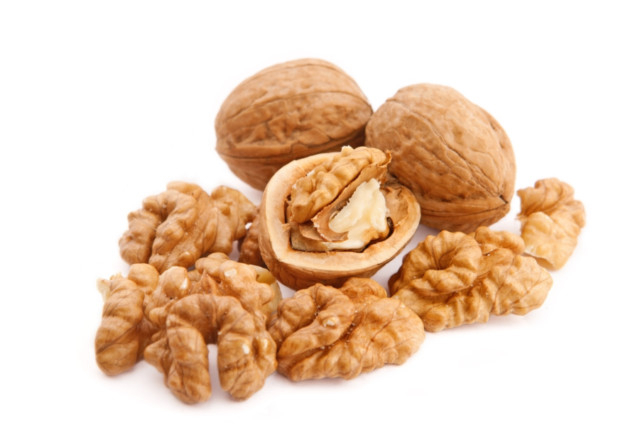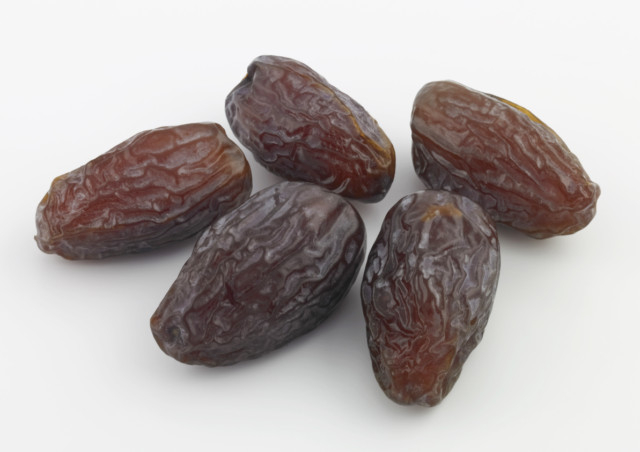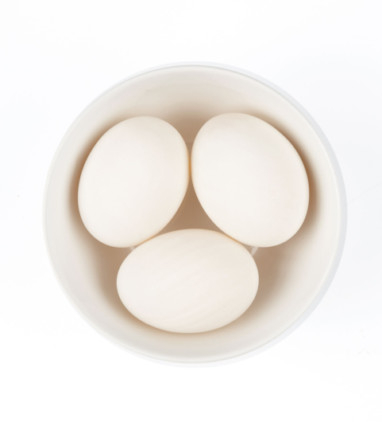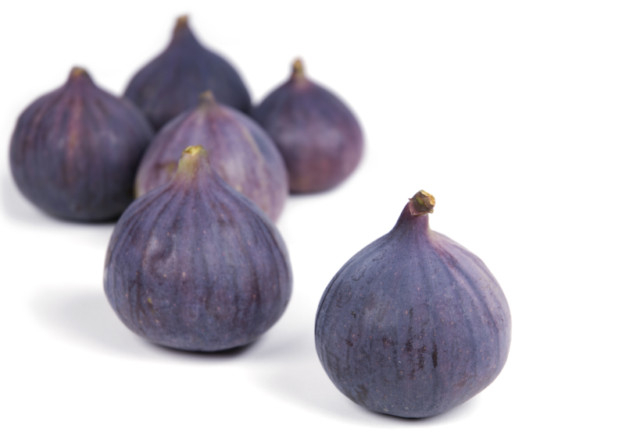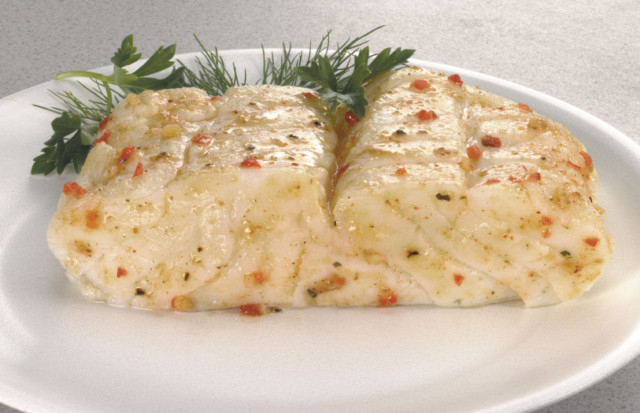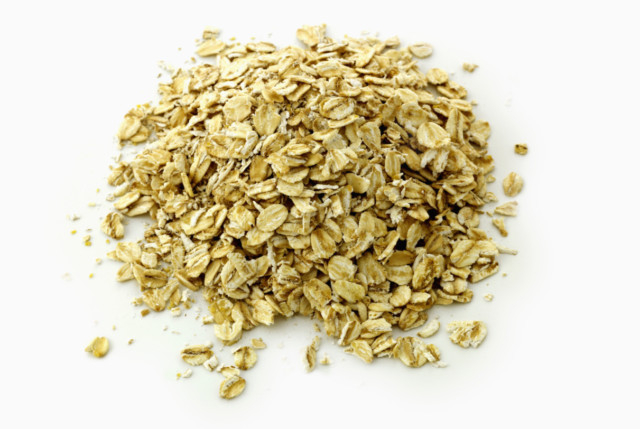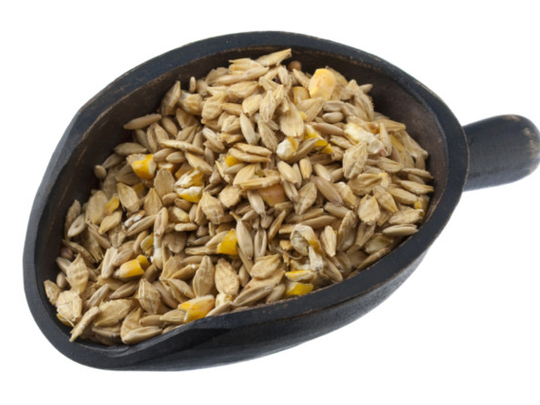
With Ramadan nearly here, it is important to pay attenttion to your meal planning for Iftar and Suhoor. After breaking your fast, you must eat in a manner that allows your body to deal with the food in an easy ways.
One of the most effective ways to keeping your body happy is to pick foods with Low Glycaemic Index. In other words, eat foods that will not raise your sugar levels dramatically as that can place stress on your system. A glycemic index (GI) is the value obtained by monitoring a person’s blood sugar after eating a food. The value varies slightly from person to person and from one type of food to another.
But generally, a food is said to be low GI when the value is 55 or less. A food with High GI has a value of 70 or more. For instance, High GI foods are watermelon (80), dates (103) and honey (58 GI medium).
“It’s always advisable to eat a low-GI diet as much as possible, but you need not eliminate high GI foods altogether” says Sakina Mustansir, dietician, Prime Medical Centre, Dubai. “The trick is to avoid eating high GI foods on their own. Combine them with low GI foods, which will give you an intermediate GI, overall,” she says.
When you are fasting, your metabolism slows down and calorie requirements drop. “With a low budget of calories, you needs to invest them in the best sources to gain maximum benefit. Avoid empty calories that have no nutritional value,” she advises.
The best way to invest our calories would be in foods with a low GI. “The lower the GI, the slower the food is converted to sugar and the longer it satisfies your hunger,” says Sakina.
If you eat refined carbohydrates, such as white bread (GI 71) and high sugar foods and drinks especially during Suhoor, it will cause the body to produce too much insulin which in turn will make the blood sugar drop. The effect of this on you is that you end up feeling weak, dizzy and tired. The other symptoms will be poor concentration, easy perspiration, tremors, headache, and palpitations during the fasting hours.
To help your body cope and perform well through the day, she suggests you eat more fibre-rich food at Suhoor. “This will keep you feeling full for a longer time,” she says. “To be able to more alert through the day and concentrate at work, eat a high protein diet at Suhoor.”
For example, making a dish with Quinoa, a complex protein, is a very good way to start the day at Suhoor. There are many pure protein choices like eggs, grilled chicken or chicken salad that can fill your stomach as well as keep your blood sugar from spiking. “Selecting low GI foods helps maintain normal blood sugar, minimises hunger pangs, satisfies appetite and optimises brain power and mental focus during the day,” says Sakina.
“If you cannot avoid eating high GI food such as white rice (GI 87), balance it with grilled chicken or vegetables,” she advises.
The idea is to avoid eating high GI foods like white bread. “If you eat white bread by itself, it will satisfy your appetite for a short time only, and very soon after, the hunger pangs will begin.”
These tactics become even more important for people with health conditions such as diabetes. They will have to follow a more intensive plan with low GI foods while regularly monitoring their glucose levels. But if any symptoms of low glucose levels persist, diabetics should immediately drink a sugary drink, eat sugar or place any other sugar-rich sweet under their tongue.
The other rule to observe before embarking on a fast is to avoid eating foods high in sodium such as canned or processed foods and pickles as they will make you thirsty through the day.
Is all this talk of high and low GI foods intimidating you? Don’t worry, it’s not at all complicated. You do not need to know the glycemic index of all foods to take a sensible middle path. Follow the thumb rule that says all vegetables, even frozen peas, are low GI foods - between 10 to 47 GI. Fruits such as peaches, apples, grapes, oranges and strawberries are low GI.
The high GI foods include white rice (87), fresh mashed potatoes (73), French fries (750, basmati rice (58), cornflakes (80), and white bread (71).
The ‘good’ foods are porridge (GI 58, medium), rolled oats (51), all bran (30) and whole wheat bread (49), whole milk (31) and sweetened yoghurt (23).


